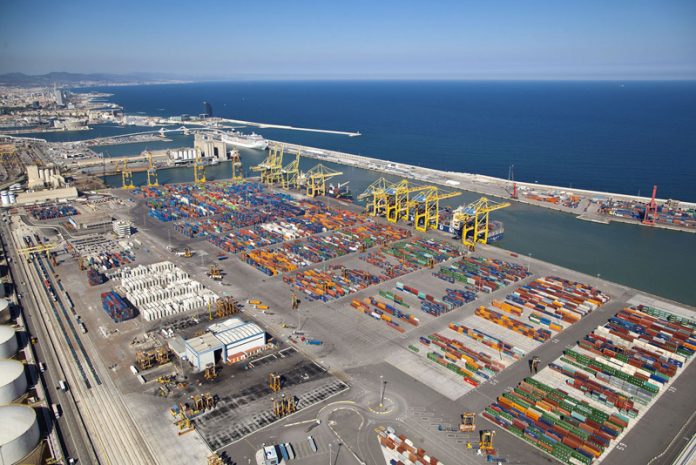The Port of Barcelona will invest €110 million (US$123.5 million) in its Nexigen project to decarbonise port activity and improve air quality.
The Spanish port said that €90 million (US$101 million) of these funds correspond to the investments that will be made in OPS (onshore power supply) systems to connect ships to the general electricity grid while they are berthed, using clean energy that is certified 100% renewable.
The additional €20 million (US$22.5 million) are needed to roll out the network that includes the Port Substation, the high-voltage connection to Red Eléctrica’s Ronda Litoral Substation and roll-out of the medium voltage network throughout the port precinct, according to a statement.
Port of Barcelona aims to have electrified all the cruise berths, the Prat wharf, and the ferry terminals of the Sant Bertran dock and the Costa wharf by 2030, thereby removing 66,000 tonnes of CO2 and 1,234 tonnes of NOx from port activity emissions.
This means “cutting by 38% the tonnes of NOx and CO2 emitted by ships during their stay at the wharf and eliminating 22% of NOx and CO2 emissions from all port activity,” said Port of Barcelona president Damià Calvet at the presentation of the Nexigen project.
In the long term, the electrification of the docks of the Port of Barcelona will be a key element in achieving the goal of becoming a climate-neutral port by 2050.
“The remarkable environmental benefits that will derive from the electrification of the docks of the Port of Barcelona make this one of our strategic projects. And that is why the Plan has been given its own name: Nexigen”. This name, explained Damià Calvet, is a combination of next, generation and oxygen and derives its meaning from the fact that it is a Plan “to decarbonise our activity and improve air quality, contributing to the well-being of the next generations. A Plan for the Future”.







